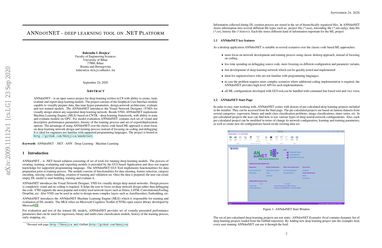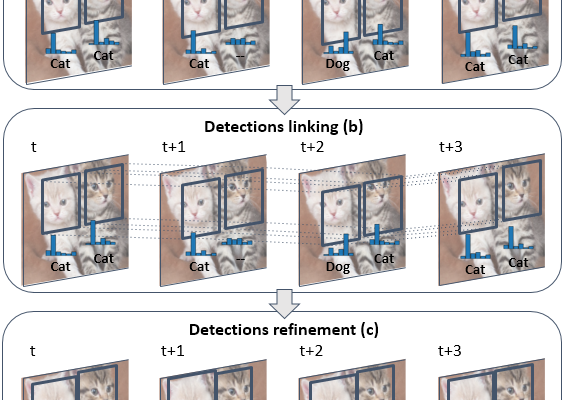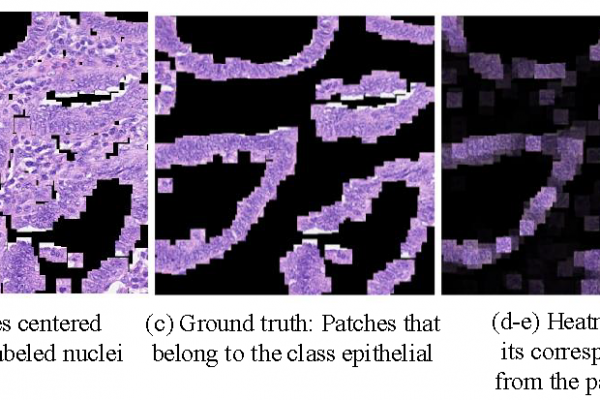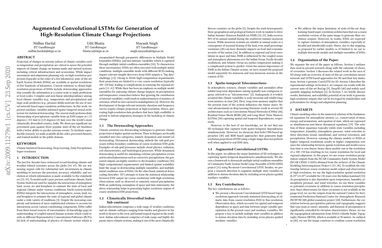ANNdotNET — deep learning tool on .NET Platform
ANNdotNET is an open source project for deep learning written in C# with ability to create, train, evaluate and export deep learning models. The project consists of the Graphical User Interface module capable to visually prepare data, fine tune hyper-parameters, design network architecture, evaluate and test trained models… The ANNdotNET introduces the Visual Network Designer, (VND) for visually design almost any sequential deep learning network. Beside VND, ANNdotNET implements Machine Learning Engine, (MLE) based on CNTK – deep learning framework, […]
Read more



